News Archives
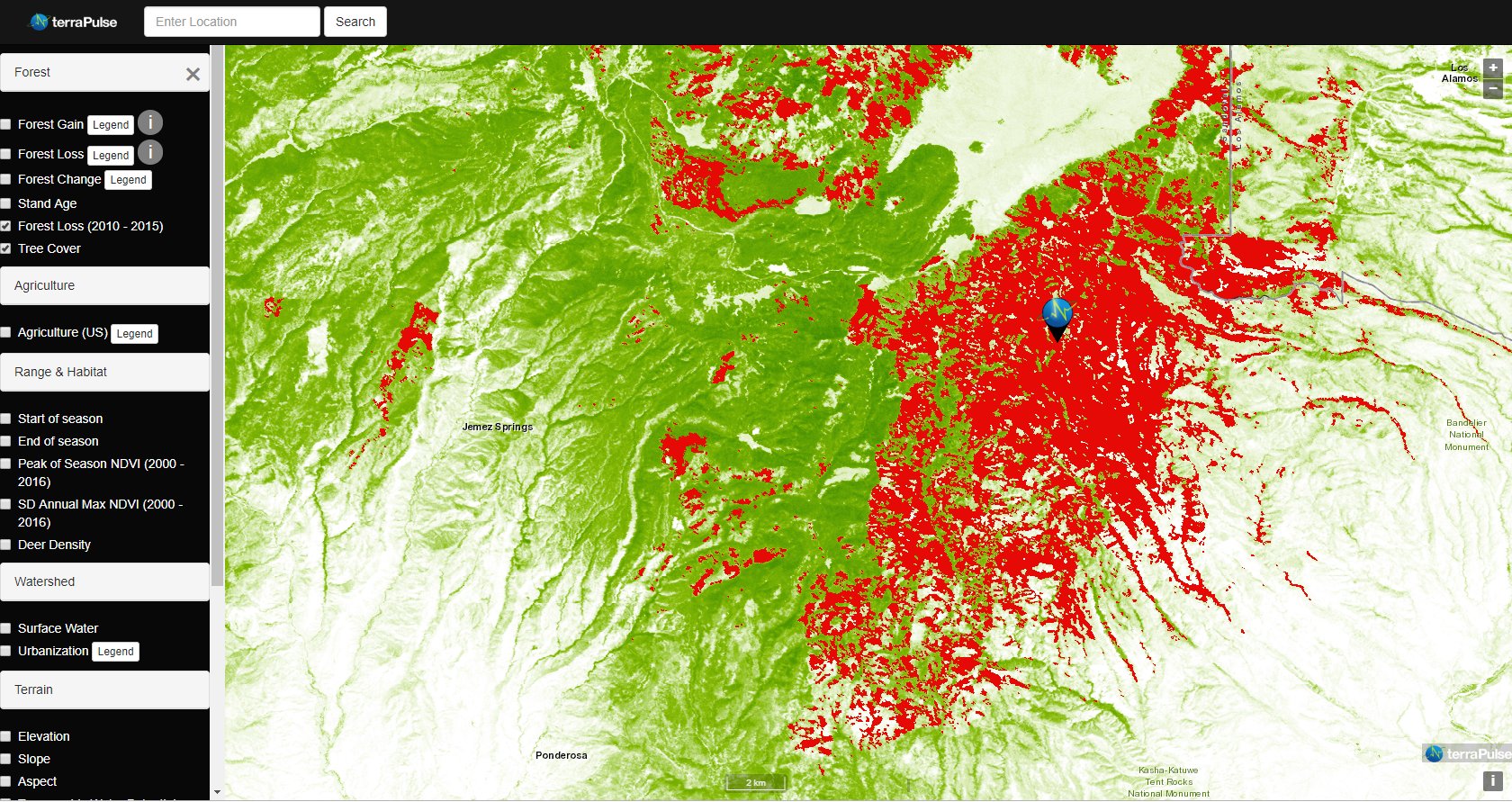
Taking the Pulse of Earth
Applying AI to Earth data—including Landsat—helps terraPulse reveal sustainable options for farming, reforestation, and land management.

Landsat: An Open Science Approach to Understanding Earth’s Changing Surface
Open science principles are being leveraged in a variety of NASA programs, including NeMO-Net, Landsat, and the SERVIR program, which are using artificial intelligence, satellite imagery, and machine learning to better understand and protect our planet’s ecosystems.
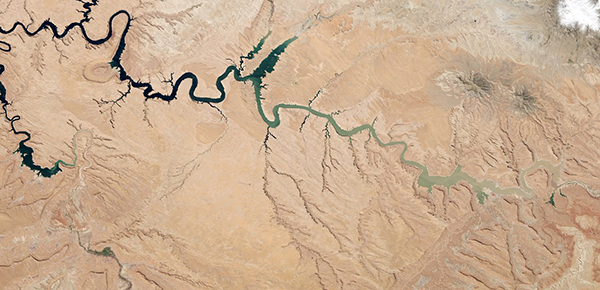
NASA-Led Project Tracking Changes to Water, Ecosystems, Land Surface
Merging data from multiple satellites, OPERA can help government agencies, disaster responders, and the public access data about natural and human impacts to the land.
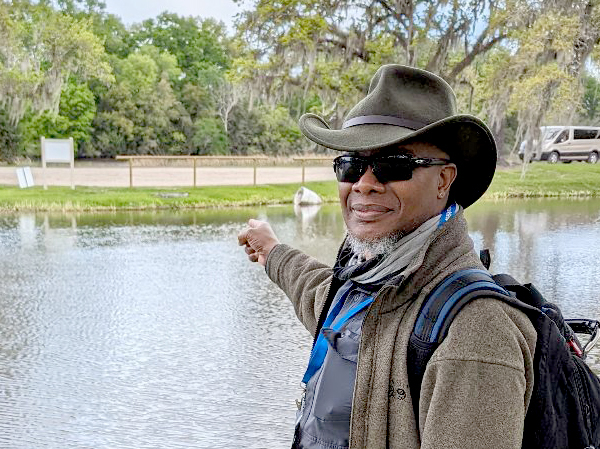
Robert Washington-Allen and the Next Frontier of Dryland Research
Washington-Allen is a longtime Landsat data user working towards drylands restoration and sustainability solutions.

Bidding Farewell to Virginia T. Norwood, the Mother of Landsat
Virginia T. Norwood, a founding figure in the field of satellite land imaging, died on Sunday, March 26, 2023, at age 96.
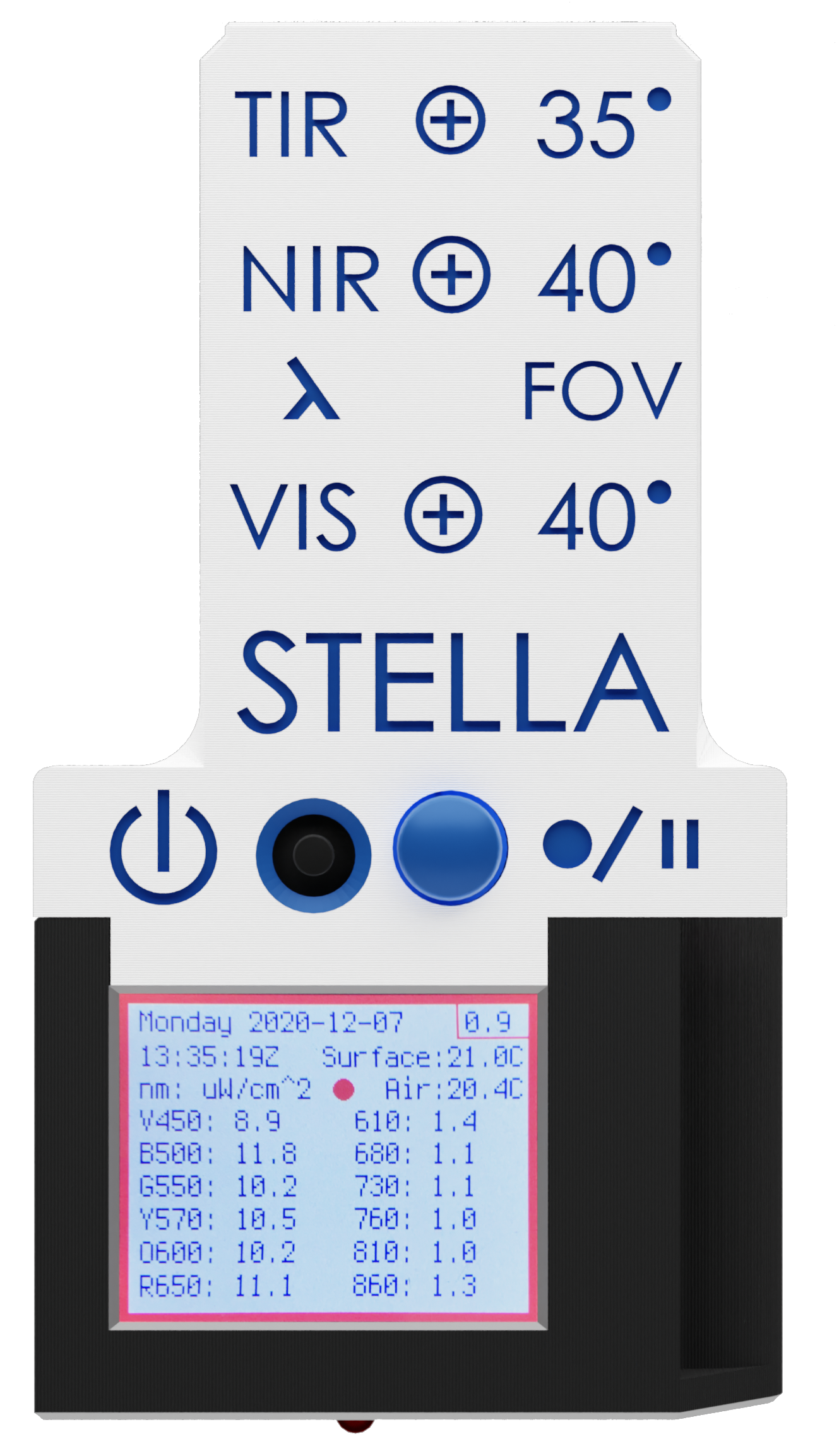
STELLA: A DIY Handheld Scientific Instrument
If you are looking for a do-it-yourself (DIY) handheld spectrometer, you need to meet STELLA. STELLA (Science and Technology Education for Land/Life Assessment) is a portable scientific instrument developed by

2023 William T. Pecora Award Nominations Now Being Accepted
Now through May 1, 2023, nominations for the William T. Pecora Award are being accepted.

Released: Landsat Next Instrument Suite (LandIS) Draft Request for Proposal
The Landsat Next Instrument Suite Draft Request for Proposal is available for review via SAM.gov as of Monday, Feb. 13, 2023.
News Archives

2023 William T. Pecora Award Nominations Now Being Accepted
Now through May 1, 2023, nominations for the William T. Pecora Award are being accepted.

Released: Landsat Next Instrument Suite (LandIS) Draft Request for Proposal
The Landsat Next Instrument Suite Draft Request for Proposal is available for review via SAM.gov as of Monday, Feb. 13, 2023.

Landsat 8 – A Decade of Service
This February marks the 10th anniversary of the launch of Landsat 8, launched by NASA in 2013 and operated by the US Geological Survey.
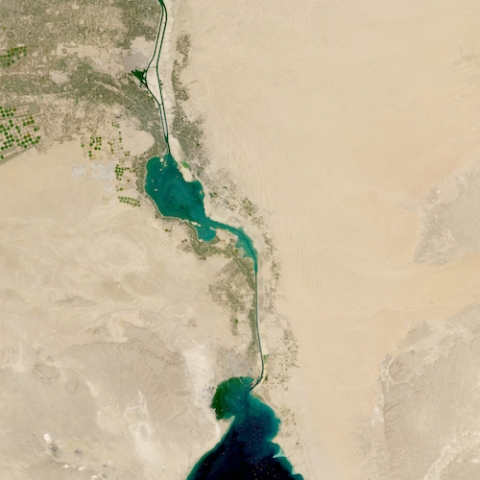
NASA and IBM Collaborate to Apply AI to Earth Science Data
The collaboration between NASA and IBM is a unique application of artificial intelligence (AI) foundation model technology to NASA Earth observation data.
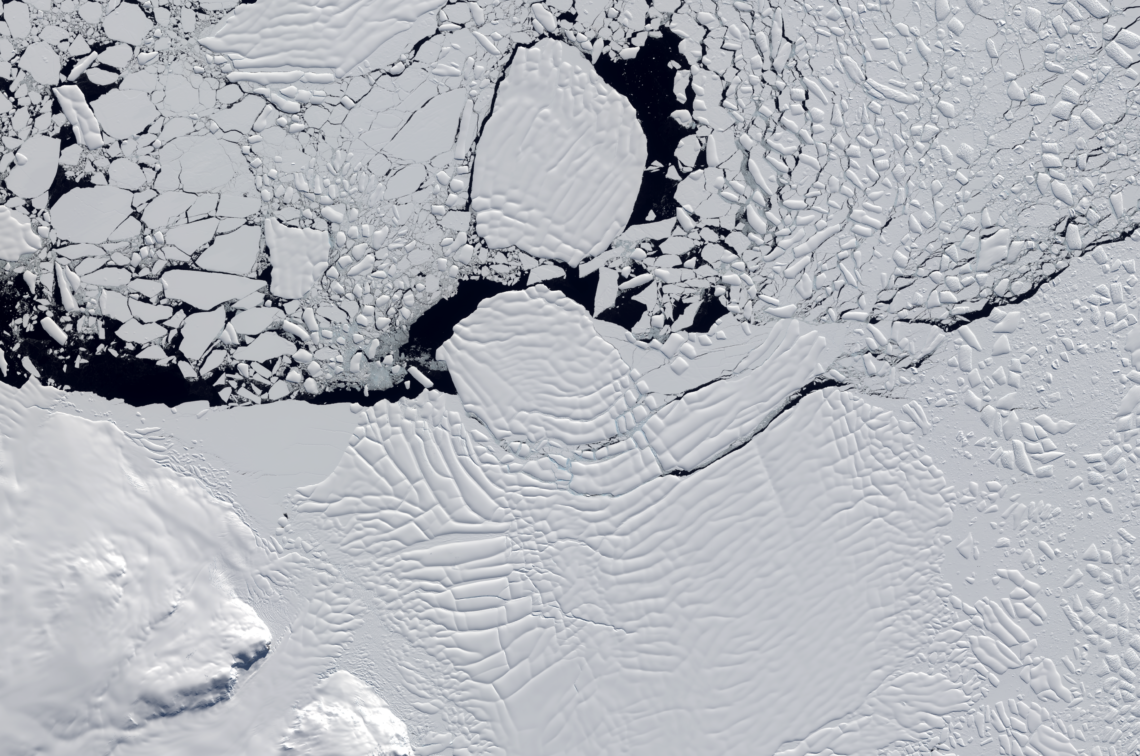
Influencing Factors: Satellites Help Decipher the Fate of West Antartica
An international team of researchers has combined satellite imagery and climate and ocean records to obtain the most detailed understanding yet of how the West Antarctic Ice Sheet – which contains enough ice to raise global sea level by 3.3 metres – is responding to climate change.
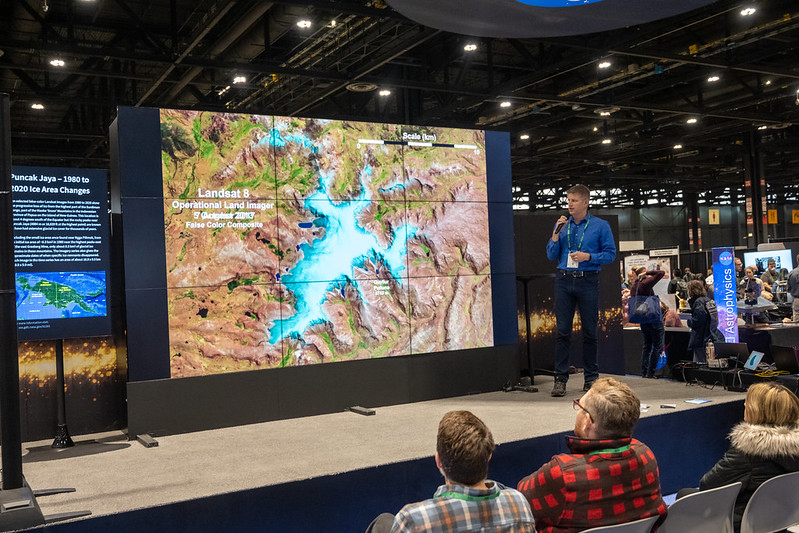
Landsat at #AGU22
Landsat was part of over 400 presentations at the AGU 2022 Fall Meeting this year in Chicago.

2022 AGS Awards Highlight Landsat’s Impact on the Field of Geography
Virginia Norwood was recognized by AGS for her development of the first Landsat sensor and Karen Seto was recognized for her urban growth research which often relies on the long Landsat data archive.
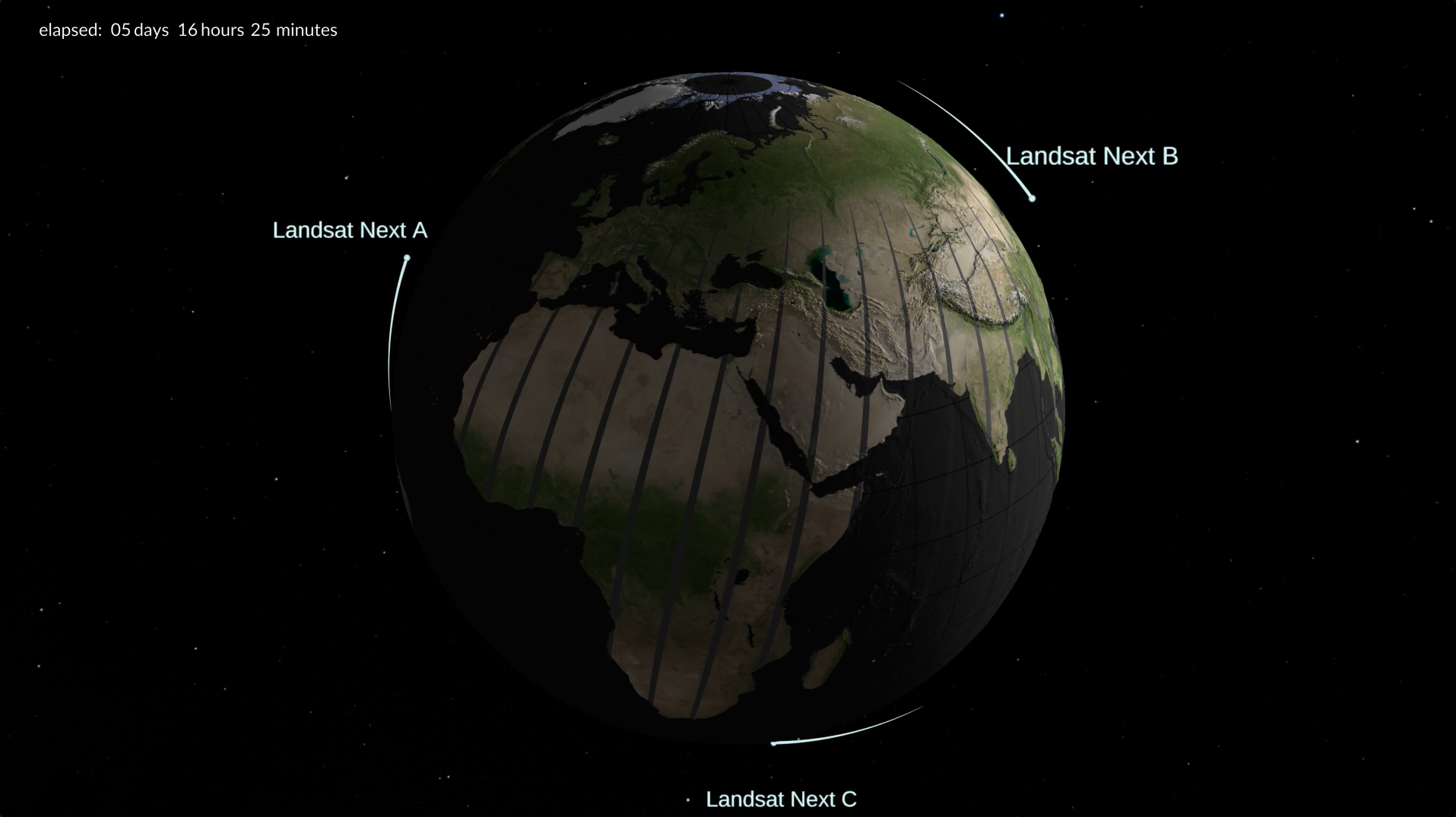
Next up to Continue NASA/USGS’s Landsat Legacy
With a trio of smaller satellites that can each detect 26 wavelengths of light and thermal energy, the Landsat Next mission is expected to look very different from its predecessors that have been observing Earth for 50 years.
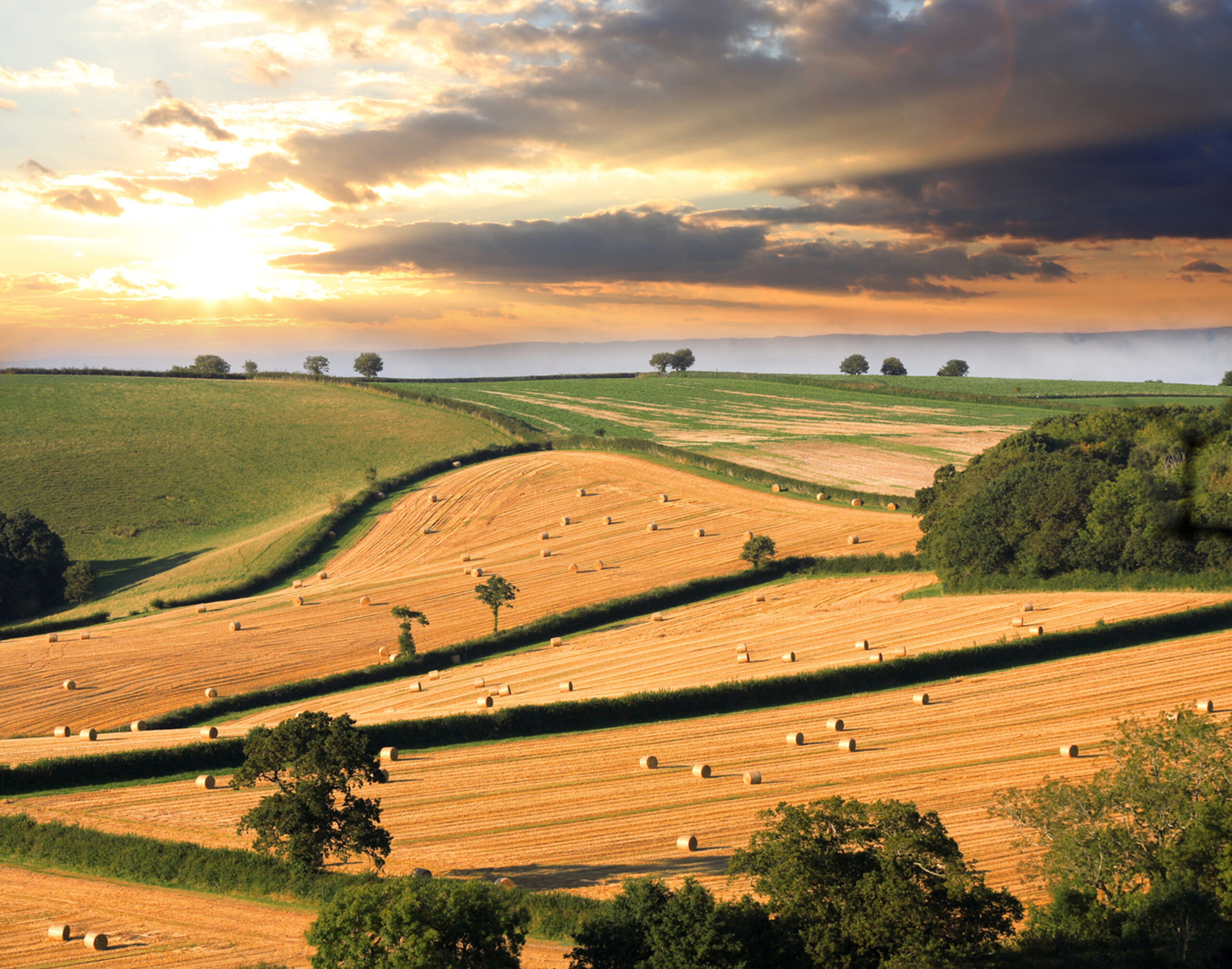
NASA Harvest Video Celebrates 50 Years of Landsat
NASA Harvest gathered agricultural remote sensing experts to discuss how Landsat fundamentally transformed agricultural monitoring over the last half century.
News Archives

2023 William T. Pecora Award Nominations Now Being Accepted
Now through May 1, 2023, nominations for the William T. Pecora Award are being accepted.

Released: Landsat Next Instrument Suite (LandIS) Draft Request for Proposal
The Landsat Next Instrument Suite Draft Request for Proposal is available for review via SAM.gov as of Monday, Feb. 13, 2023.

Landsat 8 – A Decade of Service
This February marks the 10th anniversary of the launch of Landsat 8, launched by NASA in 2013 and operated by the US Geological Survey.

NASA and IBM Collaborate to Apply AI to Earth Science Data
The collaboration between NASA and IBM is a unique application of artificial intelligence (AI) foundation model technology to NASA Earth observation data.

Influencing Factors: Satellites Help Decipher the Fate of West Antartica
An international team of researchers has combined satellite imagery and climate and ocean records to obtain the most detailed understanding yet of how the West Antarctic Ice Sheet – which contains enough ice to raise global sea level by 3.3 metres – is responding to climate change.

Landsat at #AGU22
Landsat was part of over 400 presentations at the AGU 2022 Fall Meeting this year in Chicago.

2022 AGS Awards Highlight Landsat’s Impact on the Field of Geography
Virginia Norwood was recognized by AGS for her development of the first Landsat sensor and Karen Seto was recognized for her urban growth research which often relies on the long Landsat data archive.

Next up to Continue NASA/USGS’s Landsat Legacy
With a trio of smaller satellites that can each detect 26 wavelengths of light and thermal energy, the Landsat Next mission is expected to look very different from its predecessors that have been observing Earth for 50 years.

NASA Harvest Video Celebrates 50 Years of Landsat
NASA Harvest gathered agricultural remote sensing experts to discuss how Landsat fundamentally transformed agricultural monitoring over the last half century.

